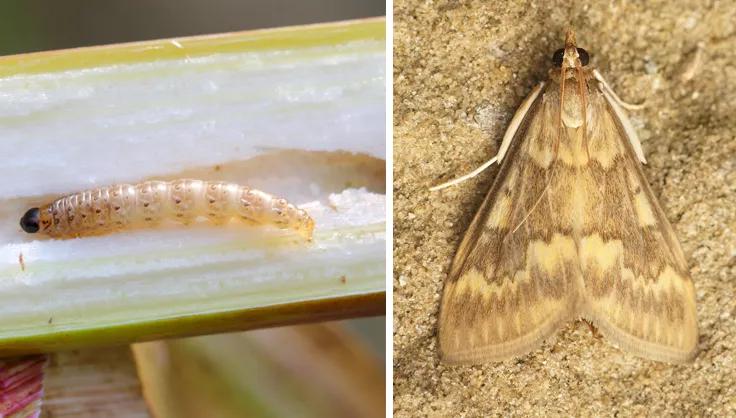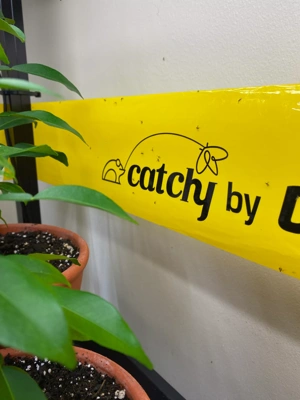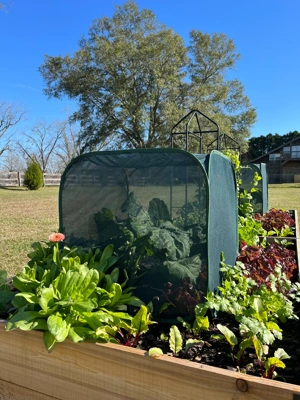European Corn Borer

The adult form, a tan-colored moth, emerges in late spring and deposits cluster of white eggs on the undersides of leaves. There are usually several generations each year. The European corn borer is a common pest throughout the northern and eastern U.S. Its range extends west as far as Montana and south to Arkansas.
Prevention and Control
- Plant corn varieties that are resistant to corn borers.
- Once corn silks wilt and begin to turn brown, use a medicine dropper to squirt a small amount of vegetable oil into the tip of each ear of corn. Do not do this before the silks begin to brown as it may interfere with pollination.
- At the end of the growing season, remove and shred old corn stalks to kill larvae that might otherwise overwinter.
Last updated: 03/18/2024
Print this Article:
Related items
Get the Dirt
Stay up to date on new articles and advice. Please fill out the information below.











